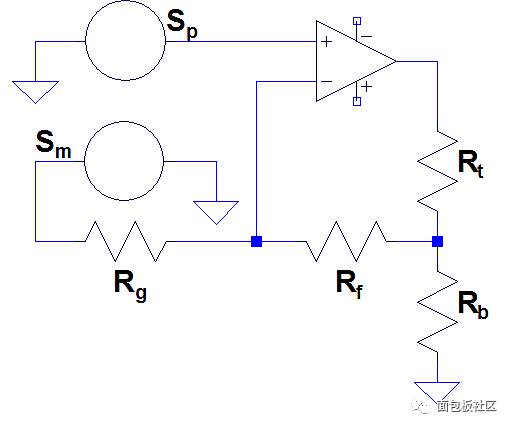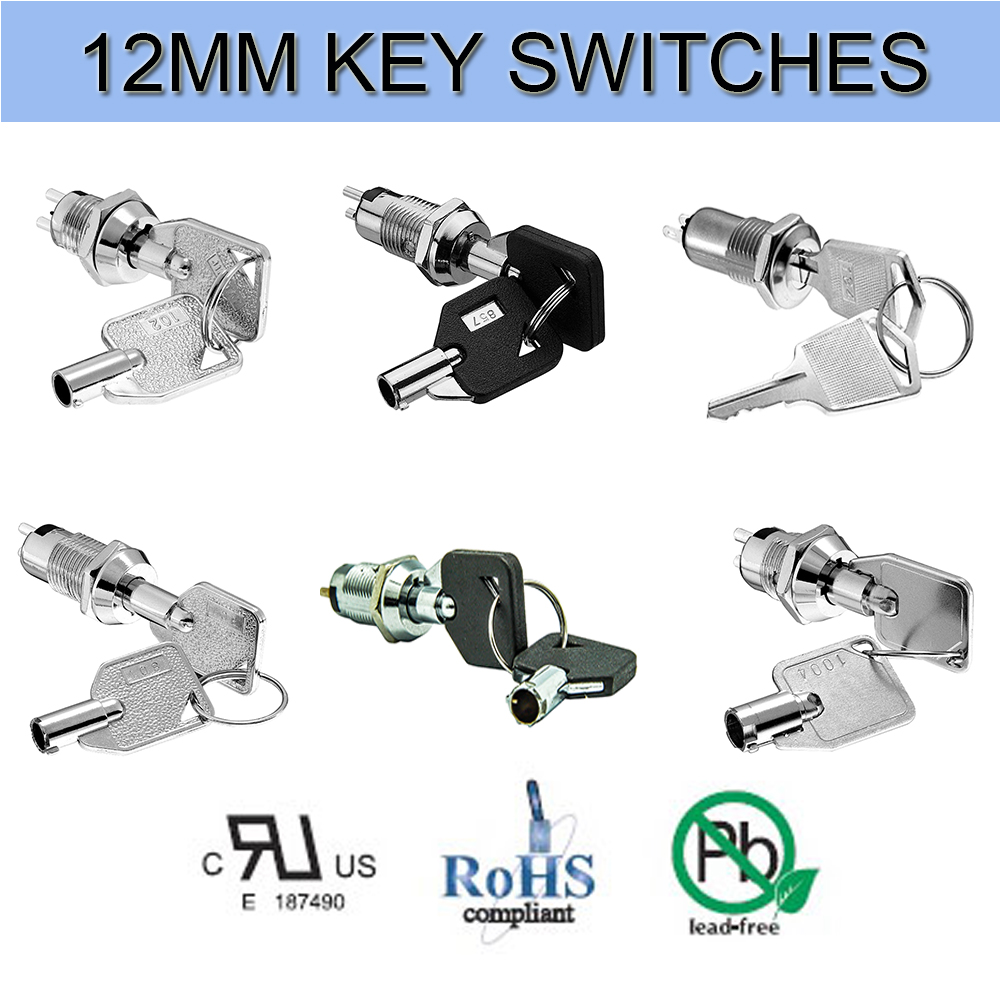How to describe and address certain types of feedback has always troubled me. This is not just a boring fantasy. I know that there is at least one public "war of war", and the reason I think is that the wrong inferences are drawn from these feedback features. So what is the feedback? An answer is that it refers to a process that detects a certain signal that you want to affect, and feeds back a part of it to a certain point in the circuit, so that you can exert some kind of control. Figure 1 shows four classic circuits for two signal routes: amplifier feedback and excitation. We say that the feedback source is either derived in parallel (the voltage across the load) or in series (the current through the load appears as the voltage across the impedance in series with the load). We also talked about series and parallel feedback, where the signal is in series or parallel with the excitation signal. In the "parallel" situation, the two signals meet at the inverting input and the non-inverting input is grounded. In the "series" case, the excitation is applied to the non-inverting input and fed back to the inverting input. Please note that the way I draw and specify the excitation signal sources Sp and Sm is a little vague. I did this intentionally because they were not ideal. I mean, they can be thought of as ideal voltage sources in series with impedance, or ideal current sources in parallel with impedance. Figure 1: Four classic circuits with two signal routes. Now look at Figure 2. Choosing appropriate impedance values ​​Zt and Zb, and source signal levels Sp and Sm, we can implement any of the four circuits in Figure 1. Now we use the more general circuit in Figure 2. Figure 2: Use a more general circuit. The first case we want to look at is tandem application (regardless of export type). The source Sp has a non-zero output, and Sm is a zero output. Therefore, Sm is just a connection to ground through its inherent impedance Zm. The amplifier output sends current through the Rf-Rg-Zm network. Real operational amplifiers, such as the old TL072, can accept a situation where the input current is almost zero. As with all operational amplifiers, the signal output of its input stage is the current that ultimately controls its output voltage. In this case, the current comes from the op amp itself and is controlled by the voltage difference between the two (excitation and feedback) input voltages. Traditionally, this is obviously voltage feedback, where a voltage signal is fed back to the inverting input and controlled there. At this control point, the current into the amplifier is negligible. Now let's look at parallel feedback. Let's flip the signal source, ie Sm now has a non-zero output, and Sp is zeroed. Recall that the parallel application is called current feedback. Now I ask you: can we change the type of feedback in the circuit by changing the amplitude of the signal source? Assuming that both signal sources have non-zero outputs, do we still have voltage and current feedback? Assuming both are zero, do we have any feedback? (Of course, if the output of the op amp is stable at about 0V, it will effectively counter this conclusion!) Is this current feedback? We continue. This current feedback (?) Bypasses the amplifier input (the incoming current can be ignored, right?) And terminates at the signal source Sm. If the ratio of the network to the Sm impedance is large, then any impact it produces can be ignored. Is this still current feedback? I do n’t think so. On the contrary, it is voltage feedback. The input voltage of the op amp is now at zero level and close to zero level, but as long as the level of Sm is close to the level of Sp, their pressure difference remains basically the same. Said very important). If this is not enough, then the impedance of Rf, Rg and Sm can be doubled. We have just halved the current flowing through these devices. Therefore, the current feedback envisaged must also be halved. However, the output of the circuit has not changed substantially. Therefore, it will not be affected by current feedback. So, did current feedback actually happen? of course. We use a different operational amplifier instead of TL082, and its input stage (signal current) output passes through its inverting input and comes from a point outside the operational amplifier. For the feedback part of the signal, this point is the output of the operational amplifier. Almost any device that connects one or more transmitters to this input meets the requirements (SSM2019 is an option, and the current feedback amplifier called CFA in the industry is another option). Almost all devices that enter the transmitter will exit their associated current collector at a certain point inside the operational amplifier, constituting the output of the input stage and determining the output of the amplifier. With a parallel application configuration, the amplifier still drives current through the network and terminates at the source Sm (in most cases). But this time, a small portion of the current is "stripped" and fed back to the inverting input of the op amp, thereby exerting the required control on the output of the device. Of course, this is current feedback because it meets the consistent requirements for parallel applications. Finally, back to the case of series application, the operation of the operational amplifier is of course still unchanged. In fact, the signal current output by the input stage still comes from outside the amplifier-only from the output of the operational amplifier. In order to see more clearly, replace the circuit seen at the inverting input with the Thevenin equivalent circuit: feed the voltage Vout • Rg / (Rg + Rf) through a resistor with resistance Rf • Rg / (Rg + Rf) Signal source. I think this is still current feedback-the output current of the amplifier input stage comes from the attenuation output of the op amp through a single resistor. You may argue that SSM2019 / CFA amplifiers are still very sensitive to differential input voltages, so they are still voltage feedback devices (the only way possible is that if their low inverting input impedance is zero, it will not Input voltage difference appears). But if we agree with this argument, then we must also admit that there is a very large but still limited impedance between the inputs of TL082. This means that current will be generated between these inputs, so TL082 is a current feedback device! This reasoning is untenable. Instead, I suggest that the way to classify circuits according to the type of feedback is to analyze the current source from the input stage of the amplifier. If the current source is in the operational amplifier, there is actually no current fed back from the output, and the operational amplifier and circuit must work with voltage feedback. If the current source comes from the inverting input external to the op amp, we consider this to be current feedback. For various reasons mentioned above, we should correct the view that “series applications are always voltage feedback and parallel applications are always current feedbackâ€. Whether it is voltage feedback or current feedback depends on the circuit's amplifier, not its circuit topology.
12MM Key Switches
12mm key switches including Electric Key Switch, Key Lock Switch, CAM Lock , belongs to power lock. It can save space and easily operate with the "innovation and convenience" design concept. The whole series products are widely used in human-machine panel so it can greatly reduces the space of the control panel. Meanwhile,its shape is different from the other switches,for example Metal Switches, Automotive Switches, Push Button Switches.
Production control of 12mm On Off Key Switch: In order to provide competitive price, quality and stable delivery cycle of the whole series of 12mm power lock switches, the company has the world's advanced CNC production machine and a number of fully automated processing equipment and has successfully imported Toyota lean production system.
It all adopt the One-stop operation and automated production assembly from development and design,mold manufacturing, zinc-aluminum alloy die-casting, plastic injection, stamping, lathe polishing, baking varnish, product assembly, to quality assurance inspection, etc. As a result, we have accept Japan, Europe and the United States hardware construction industry, as well as large European and American companies commissioned to undertake the manufacture of various locks and related hardware parts.
Diversification of 12MM power lock products: The whole series of power lock products have complete functions. In order to improve the safety and confidentiality of customers' using experience, we could offer customers with different keys to achieve the effect that the keys cannot open each other.
12Mm Key Switches,Electric Key Switch,12Mm Key Lock Switch,12Mm On Off Key Switch YESWITCH ELECTRONICS CO., LTD. , https://www.yeswitches.com


April 26, 2023